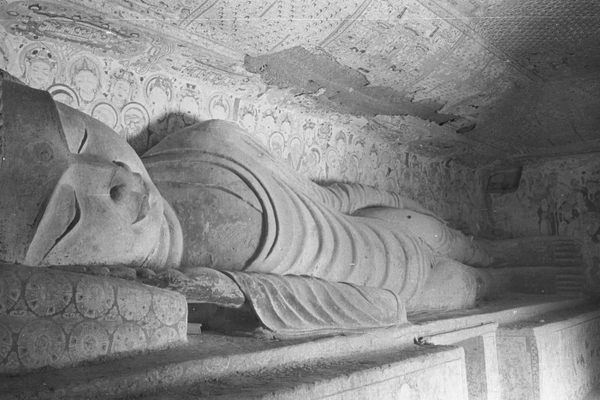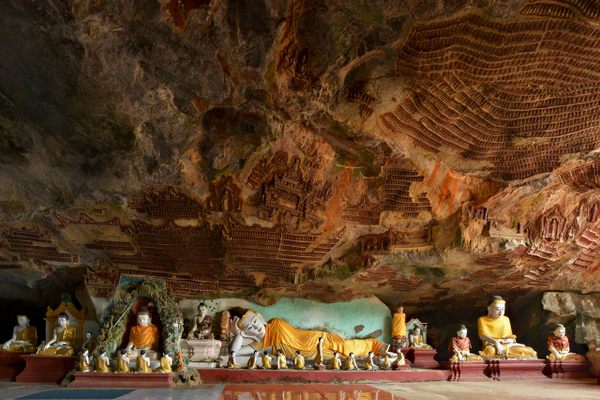The Buddha’s Skull Bone May Have Been Found in a Chinese Crypt
An ancient inscription claims it belongs to the Buddha.
Ancient Shrine That May Hold #Buddha’s Skull Bone Found in Crypt https://t.co/sRCHNitFcC pic.twitter.com/sBGydy5f6J
— Live Science (@LiveScience) June 30, 2016
Siddhartha Gautama, who lived over 2,500 years ago in northern India, is known by a lot of names, though he’s usually known simply as the Buddha.
That’s because it was on his teachings that modern-day Buddhism is based, even if little is known about his life.
But some archaeologists recently said that they may have found at least some proof of the Buddha’s existence: a piece of his skull, which they say they discovered in a centuries-old model of a Buddhist shrine, in a crypt beneath a temple in China, according to Live Science.
Is it really a bone from the Buddha? It’s hard to say, but an inscription inside the sandalwood model shrine claims that it is, though in a paper, the archaeologists don’t say definitively one way or another.
All we have, then, is the inscription, written by someone known only as Deming, who tells a complicated tale about how the Buddha’s body was separated into 84,000 pieces after his death, with 19 of those sent to China, according to Live Science.
The bone was originally stored in a different temple, which was destroyed in wars around 1,400 years ago, which was how it came to rest underneath a temple in Nanjing, where archaeologists found it.
Or so Deming says.
















Follow us on Twitter to get the latest on the world's hidden wonders.
Like us on Facebook to get the latest on the world's hidden wonders.
Follow us on Twitter Like us on Facebook